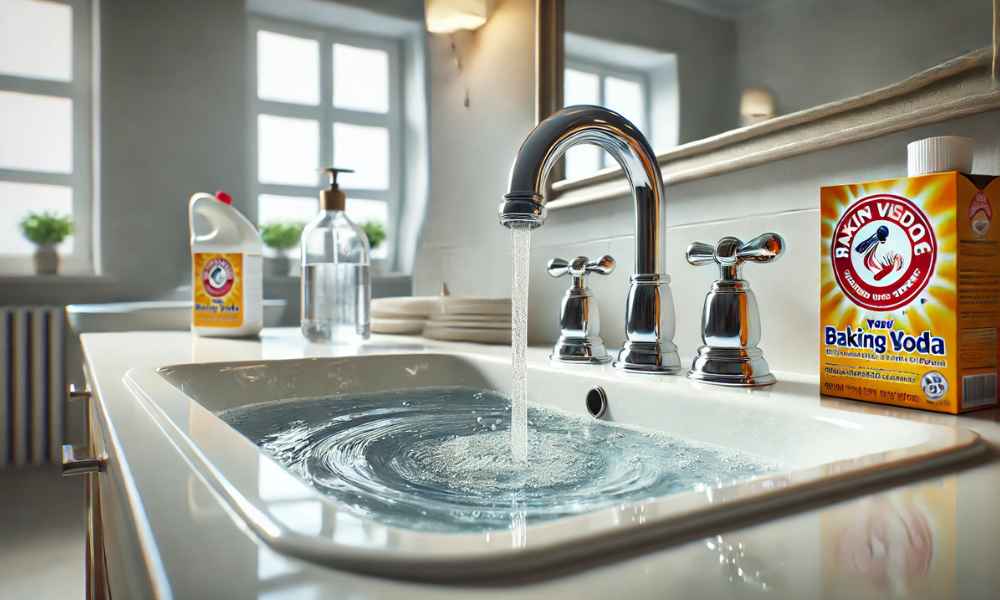A sink clogged with vomit is not only an unpleasant sight but also a frustrating household problem. Knowing how to handle this situation can save you from potential plumbing disasters and a lot of stress. Whether the blockage is minor or severe, addressing the issue quickly and effectively is crucial. Let’s dive into the various methods to dissolve vomit in a sink and ensure your plumbing remains clear and functional. Dissolve Throw Up In A Sink.
Understanding the Challenge of Sink Clogs from Vomit
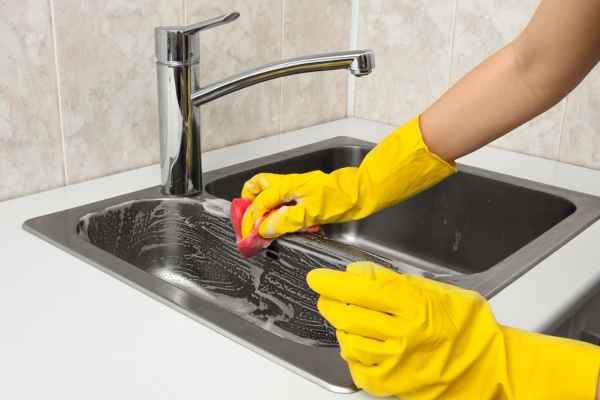
Vomit presents a unique challenge to sinks due to its composition. A mixture of stomach acids, food particles, and other organic matter, vomit can harden and adhere to the pipes if not addressed promptly. The acidic nature can also damage certain materials in your plumbing if left for too long. The combination of solid and liquid waste creates an ideal environment for a stubborn blockage. It’s essential to understand that simply flushing it down with water may not be enough—proper steps are needed to break it down efficiently.
Initial Steps to Take Immediately After Vomiting in the Sink

Vomit finds its way into your sink, the first thing you should do is remove any large solid pieces. Using gloves, scoop out any chunks and place them in a disposable bag. This step is crucial in preventing further clogging down the line. Once you’ve removed the solids, it’s time to work on dissolving the remaining matter. Acting swiftly can prevent the vomit from sticking to the pipes, making your cleanup process significantly easier.
Materials You Will Need to Dissolve the Clog
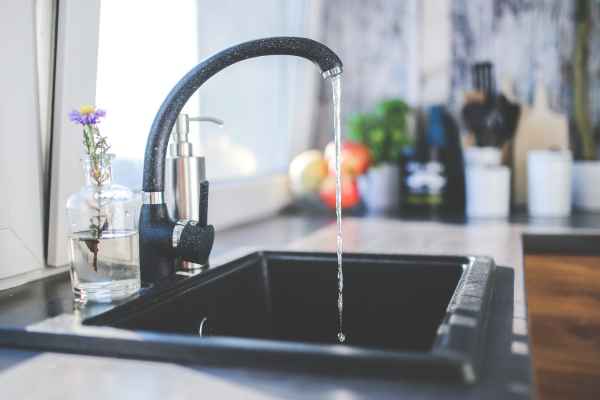
Having the right materials at hand can make all the difference in tackling this messy task. You will need a pair of rubber gloves, a plastic bag for disposal, a plunger, baking soda, vinegar, and a bucket of hot water. These simple household items are not only cost-effective but also efficient in breaking down organic waste. Additionally, having a plumber’s snake on standby could be useful if the blockage is particularly stubborn.
The Power of Hot Water
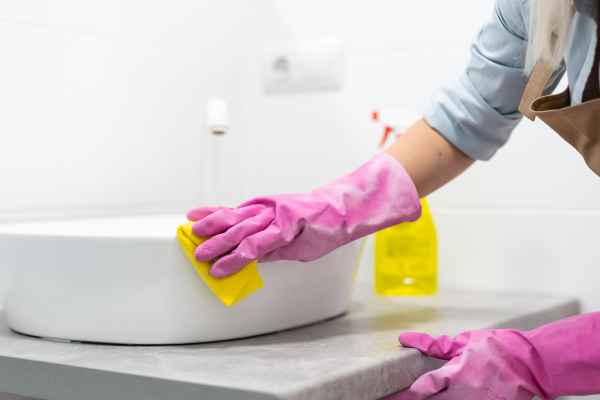
Hot water is one of the simplest yet most effective tools in dissolving organic matter in your sink. Boil a pot of water and pour it slowly down the drain. The heat helps break down the solids, making it easier for the water to flush the vomit particles through the pipes. Repeating this process a couple of times can significantly reduce the clog. However, be cautious not to use boiling water if your pipes are PVC, as extreme heat can weaken them.
Natural Remedies to Clear Your Sink
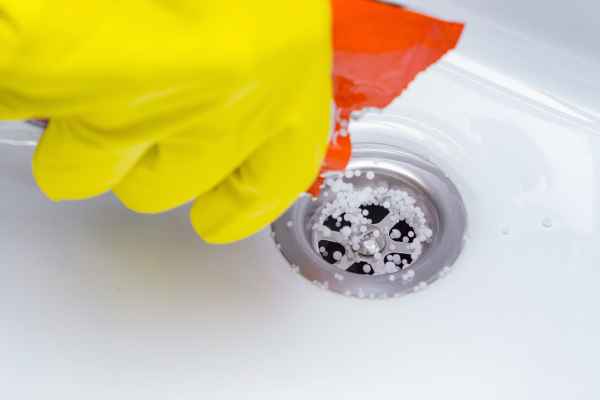
Dealing with organic blockages like vomit, natural remedies can often be just as effective as chemical cleaners without the risk of damaging your pipes. A tried and true method involves using baking soda and vinegar. Start by pouring half a cup of baking soda down the drain, followed by half a cup of vinegar. The mixture will create a fizzing reaction that helps break down the organic material. Allow it to sit for about 15 minutes before flushing with hot water. For an extra boost, you can add a dash of salt to the mixture, which can help scrub the interior of your pipes.
Chemical Cleaners: What You Need to Know
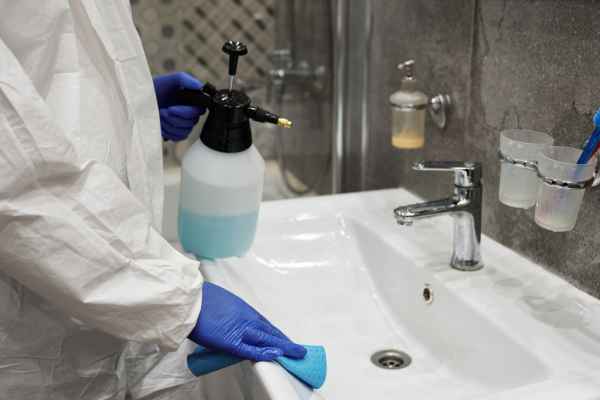
Natural remedies aren’t cutting it, chemical cleaners might be your next option. These cleaners contain strong agents designed to dissolve organic matter quickly. However, they come with risks—frequent use can corrode your pipes over time. When selecting a chemical cleaner, opt for one that specifically targets organic waste. Follow the manufacturer’s instructions carefully and avoid using these products in excess. Always wear gloves and ensure the area is well-ventilated when handling these substances.
Plunging Techniques that Work

Sometimes, despite your best efforts, the vomit might still cause a stubborn blockage that requires a bit of force. This is where a plunger comes into play. Choose a plunger designed for sinks, as it provides the best seal around the drain. Place the plunger over the drain and apply firm, consistent pressure to create a vacuum effect. This motion helps dislodge any lingering particles trapped in the pipes. Repeat several times, followed by flushing with hot water.
How to Use a Plumber’s Snake
For particularly resistant clogs, a plumber’s snake might be necessary. This flexible tool is designed to reach deep into your pipes to manually break up blockages. Gently insert the snake into the drain, rotating the handle as you push it down. Once you feel resistance, you’ve likely hit the clog. Continue rotating the snake while gently pulling back, which should help dislodge the vomit. Once removed, flush the drain with hot water to ensure all remnants are gone.
Preventive Measures to Keep Your Sink Clear

Prevention is key to avoiding future clogs. Be mindful of what goes down your sink. If you find yourself in a situation where vomiting into the sink is unavoidable, ensure you follow up with immediate cleaning to prevent the contents from hardening. Running hot water through your sink regularly can help keep the pipes clear and free from buildup. Additionally, using strainers can prevent large particles from going down the drain.
When to Call a Professional
While many sink clogs can be handled at home, there are times when a professional is needed. If you’ve tried multiple methods and the sink is still clogged, or if you notice water backing up or slow drainage elsewhere in your home, it could indicate a more serious issue in your plumbing system. A professional plumber has specialized tools and expertise to diagnose and resolve the problem efficiently. Don’t hesitate to reach out if the situation seems beyond your control.
Regular Maintenance Tips for Your Sink
Routine maintenance can save you from the hassle of dealing with future clogs. Consider cleaning your sink drain once a week with a mixture of baking soda and vinegar, followed by hot water. Avoid pouring greasy or thick substances down the drain, as these can contribute to buildup over time. By staying proactive with your plumbing care, you’ll ensure your sink stays clear and functional for years to come.
Conclusion
Dissolving vomit in a sink may seem daunting, but with the right tools and techniques, it’s a manageable task. Acting quickly, using natural or chemical cleaners, and keeping up with regular maintenance will not only resolve the immediate issue but also prevent future problems. Remember, your sink plays a vital role in your daily routine, so give it the care it deserves.
